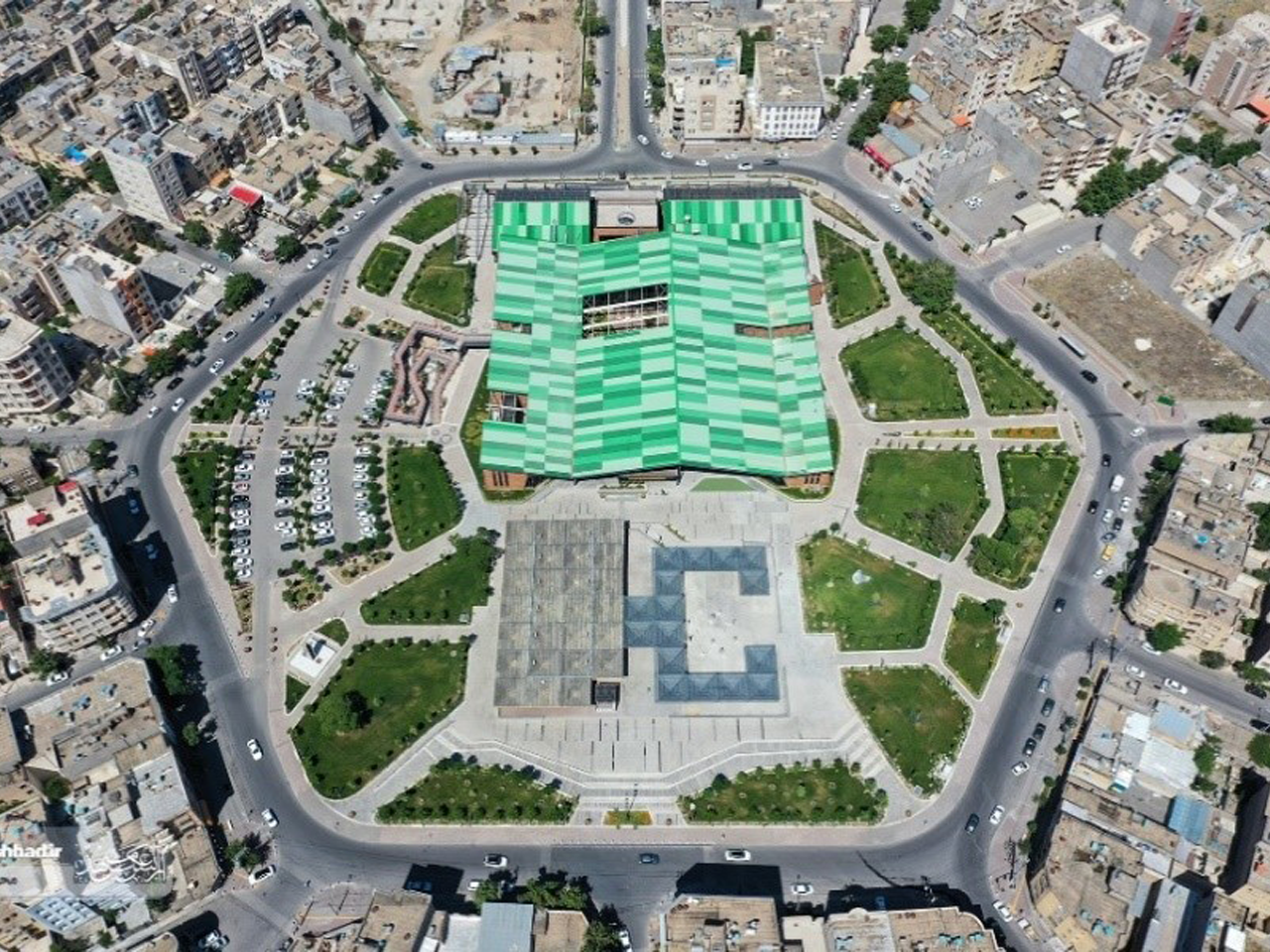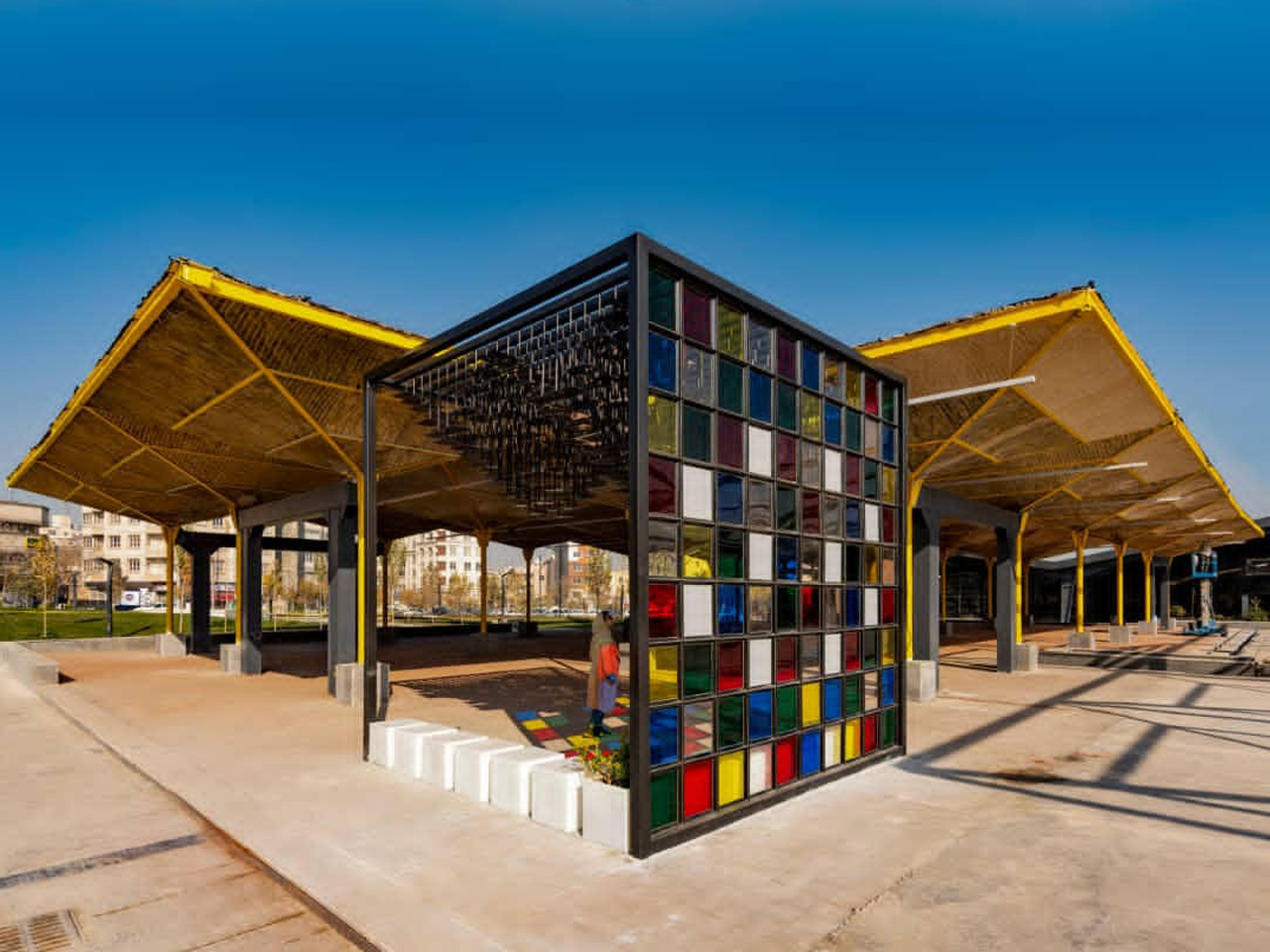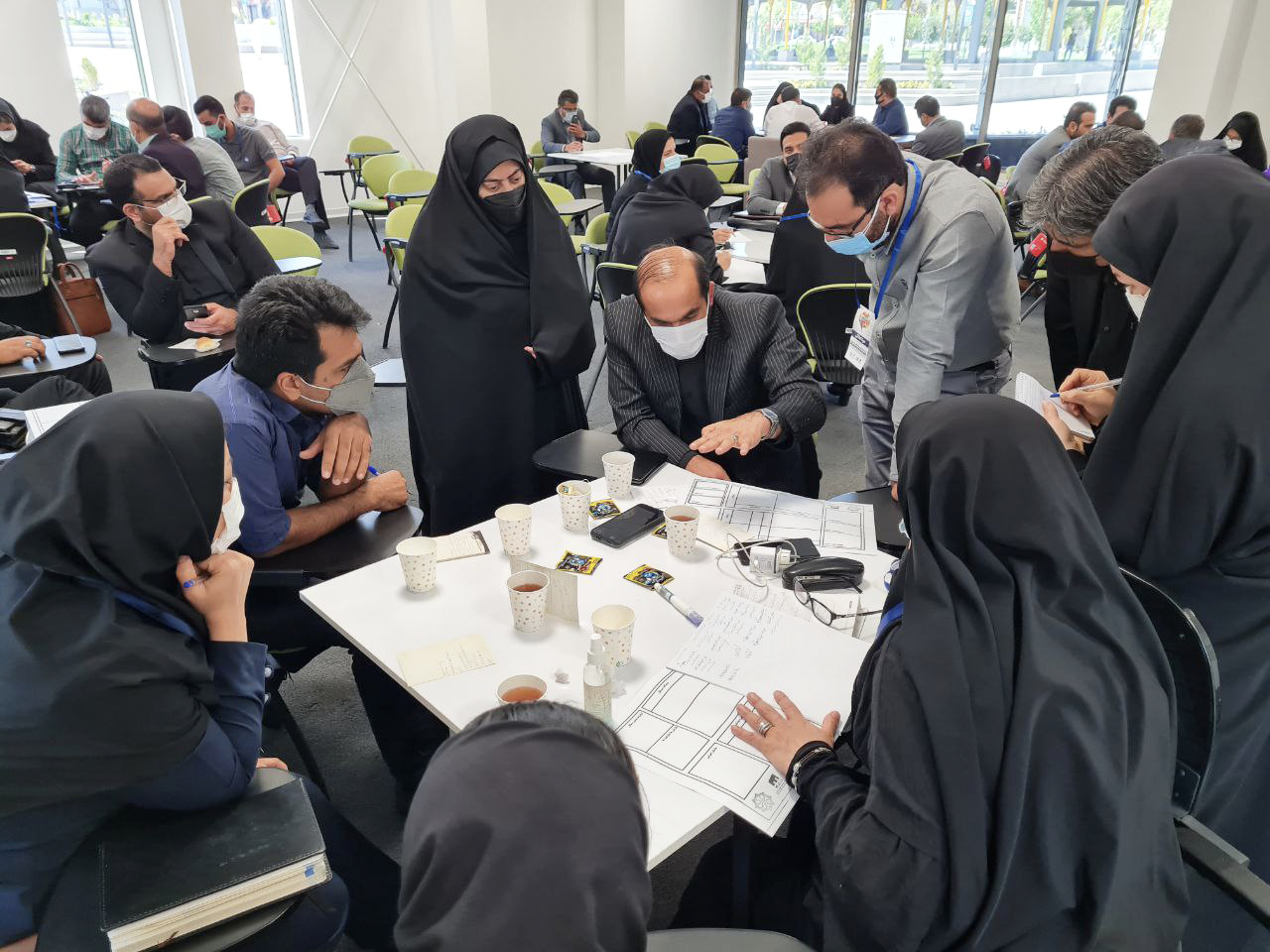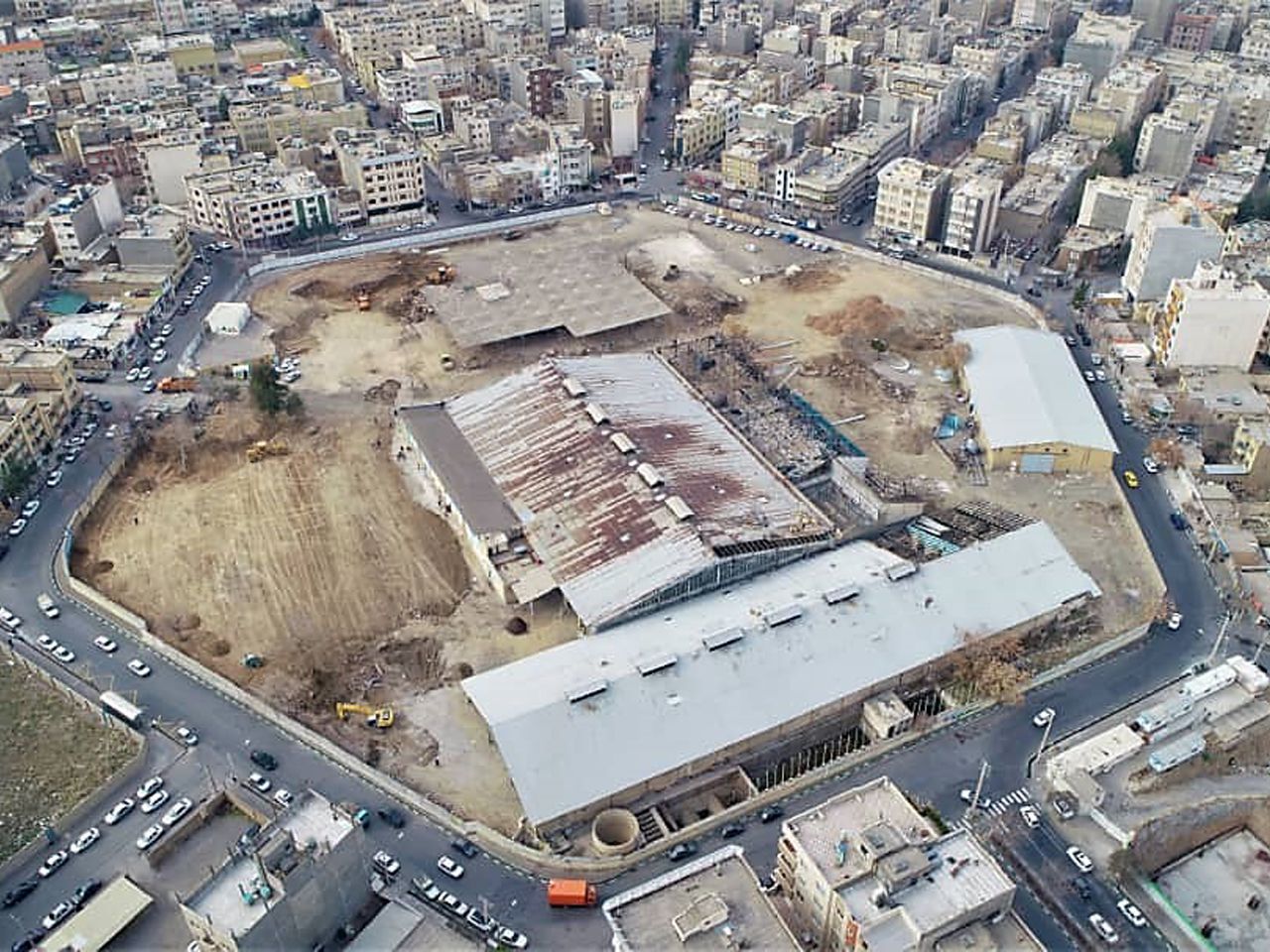Size and population development
The 2016 census data recorded the population of Mashhad at 3,001,184. The population change from the previous census in 2011 is +1.93%. The Mashhad population comprises 50.2% males and 49.8% females. 69.2% of residents are aged between 15-64, 25.7% of residents are children aged 0-14 and 5.1% are aged 65 or over. Mashhad is a multiethnic city that includes Persians (92.5%), Khorasani Hazara Persians (7.0%), Khorasani Turks (0.5%), Khorasani Kurds (0.5%), Arabs (0.1%). There are groups of immigrants from Afghanistan, Iraq and Pakistan. The language mainly spoken in Mashhad is Persian. Source: Statistical Centre of Iran
Main functions
Mashhad is the second most populous city in Iran and the capital of Khorasan-e Razavi Province. The city covers a total area of 351 km2 and is located in the Kashaf River valley at an elevation approximately 1,000 metres. Mashhad is an important pilgrimage site, as second-largest holy city in the world it attracts more than 20 million tourists and pilgrims every year, many of whom come to pay homage to the Iman Reza shrine.
Main industries / business
Mashhad’s main industries include natural gas and light industrial enterprises, such as food, and the production of textiles, jewellery carpet & rugs, valves, pipes, fittings, water heaters, air coolers, and ceramics. Mashhad exports electrical power, gas, minerals, livestock, cotton fibre, saffron, grains, sugar beets, cement, and construction materials.
Administrative structure
The city of Mashhad is the seat of Mashhad shahrestān (county), which is a part of Khorāsān-e Razavī ostān (province). The province is governed by a provincial governor (ostāndār); the shahrestān is ruled by a regional governor (farmāndār); The Islamic City Council of Holy Mashhad is the directly elected council that presides over the city of Mashhad and elects the mayor in a mayor–council government system. The city has 13 districts.
Website
http://www.mashhad.ir; http://www.preventionweb.net/files/workspace/30411_2infoaboutearthquakegemmashhad.pdf






